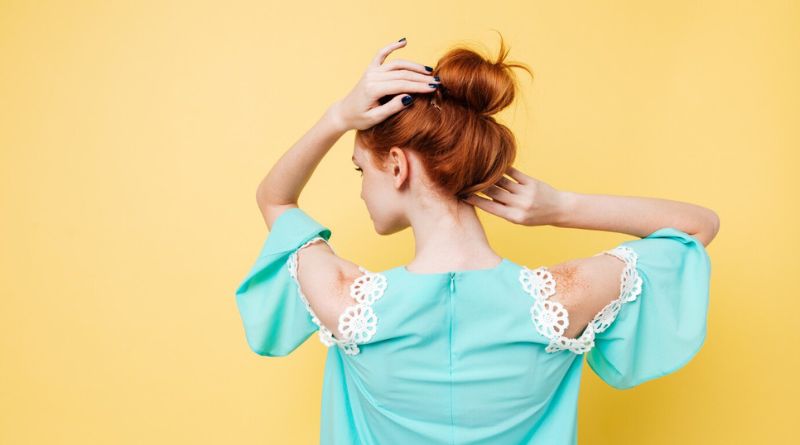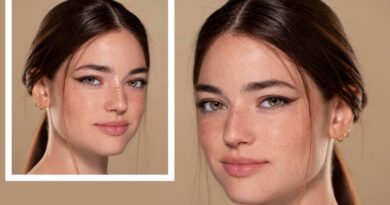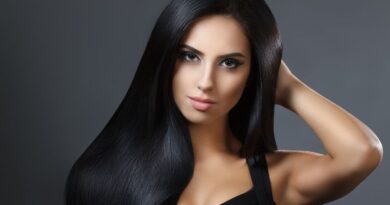Haircare is something that you should take seriously. We love to experiment with different hairstyles. For instance, making sleek ponies or buns provides you with a great look and comfort at the same time. Hair buns are a quick and easy way to style dirty hair and look polished. But guess what? It can be the most damaging hairstyle for you. So, if you are asking, “is it bad to wear your hair in a bun every day?”. The answer is “YES.”
The explanation for this is that it is evident that if you are putting stress on the same spot repeatedly, it will cause your hair to snap and break off. Or you could say it will weaken your hair and lead to the problem of hair fall.
Hence, occasionally putting your hair in a bun is OK, but making it an everyday habit can create a problem.
Understanding the Bun Effect
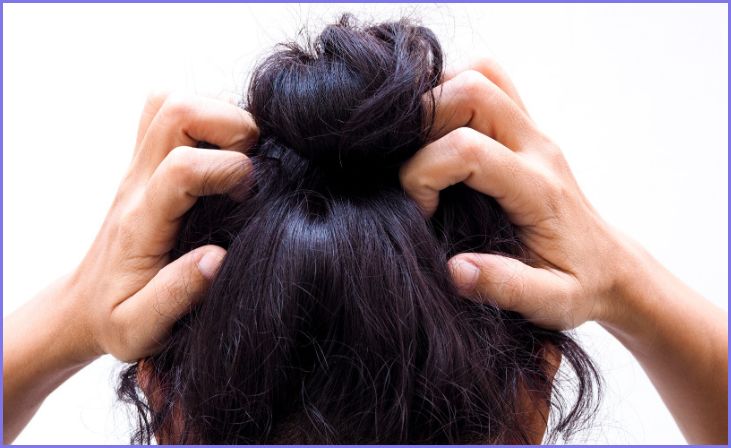
The Upsides of Bun Hairstyles
Wearing your hair in a bun comes with several benefits. It keeps your hair neatly out of your face, making it a practical choice for various activities, from workouts to professional settings. Additionally, buns are timeless and can be adapted to suit both casual and formal occasions. They also provide a quick solution on busy mornings when time for an intricate hairstyle is limited.
The Downside: Tension and Stress
While buns offer convenience, the constant tension and stress they apply to your hair can lead to potential issues. Tying your hair tightly in a bun every day may contribute to mechanical damage, particularly if the hairstyle is too snug. This tension can weaken the hair shaft and lead to breakage over time, especially at the point where the elastic or hair tie secures the bun.
Also Read- How to sleep with wet hair?
The Impact on Hair Health
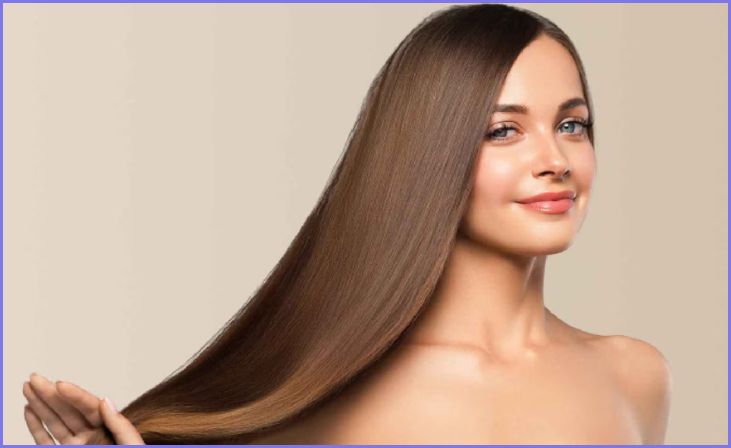
Breakage and Traction Alopecia
Frequent, tight buns can result in breakage, particularly around the hairline. Traction alopecia, a type of hair loss caused by continuous pulling or tension on the hair, is a potential risk. Over time, this condition may lead to permanent damage to the hair follicles, impacting the regrowth of new, healthy strands.
Weakened Hair Shaft
The constant stress from tight buns can weaken the hair shaft, making it more susceptible to damage and breakage. This is particularly true for individuals with fine or fragile hair. The strain on the hair fibers may compromise their structural integrity, resulting in split ends and an overall frayed appearance.
Impact on Scalp Health
Tying your hair tightly in a bun can also affect the health of your scalp. The pressure from a tight bun may hinder proper blood circulation to the scalp, potentially leading to discomfort and even headaches. Additionally, if your scalp is sensitive or prone to conditions like dandruff, the continuous tension from buns may exacerbate these issues.
Mitigating the Risks
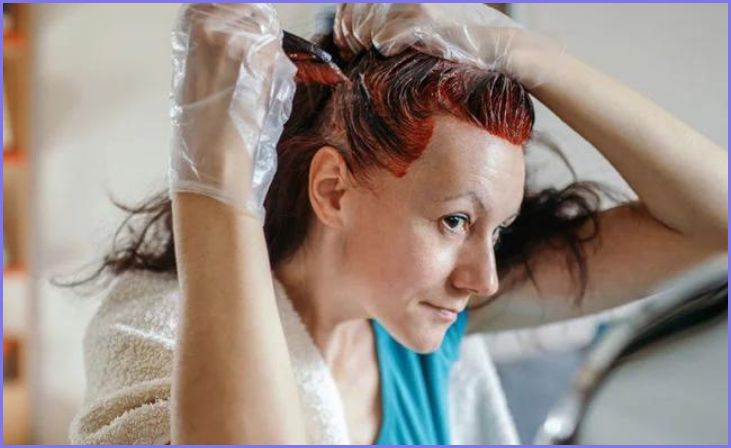
Opt for Looser Styles
One effective way to mitigate the risks associated with daily buns is to opt for looser styles. Instead of tightly pulling your hair back, go for a loose, relaxed bun. This reduces the tension on the hair fibers and minimizes the risk of breakage and traction alopecia. Embracing a more laid-back bun style can still offer the convenience of the hairstyle without the potential drawbacks.
Vary Your Hairstyles
Avoiding the same tight bun every day allows your hair to experience less stress and strain. Consider incorporating other hairstyles into your routine, such as braids, ponytails, or leaving your hair down. By varying your hairstyles, you distribute the tension and reduce the risk of overburdening specific areas of your hair.
Use Hair-Friendly Accessories
Choosing the right accessories can make a significant difference. Opt for hair ties without metal components to prevent unnecessary friction and breakage. Additionally, silk or satin scrunchies can be gentler on your hair compared to traditional elastic bands.
Prioritize Hair Health
Regularly nourishing and caring for your hair can help counteract the potential negative effects of daily bun-wearing. Use a moisturizing conditioner to keep your strands hydrated, and consider incorporating a weekly deep conditioning treatment to maintain overall hair health. Trimming your hair regularly can also prevent split ends, reducing the risk of breakage.
Styling Tips for Healthy Hair
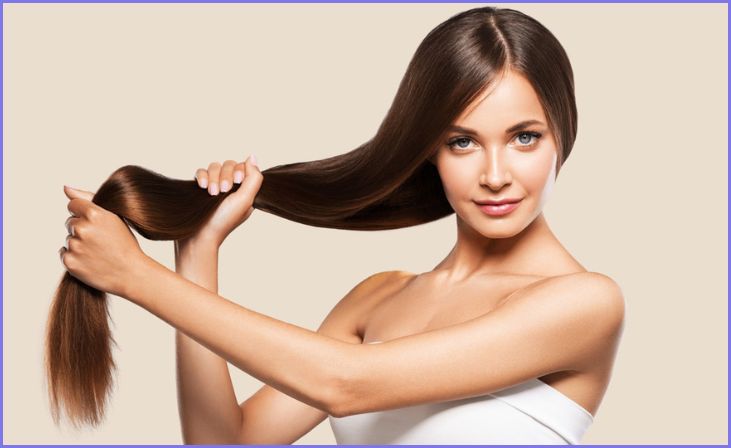
Low and Loose Buns
Opting for low and loose buns is a hair-friendly alternative that combines elegance with minimal tension. Unlike tight buns, this style is relaxed and sits lower on the head, reducing stress on the hair fibers. It offers a comfortable yet polished look, making it an ideal choice for daily wear. The loose hold of this bun style minimizes the risk of breakage and traction alopecia, allowing you to enjoy the convenience of a bun without compromising the overall health of your hair. Incorporating low and loose buns into your hairstyle repertoire provides a balance between style and care, ensuring your hair remains both chic and well-nourished.
Messy Buns
Messy buns are a trendy and hair-friendly option that deviates from the sleekness of tight styles. This casual and intentionally tousled look reduces tension on the hair, making it a comfortable choice for everyday wear. Achieved by loosely gathering the hair and securing it in a bun, this style is effortlessly chic and offers a relaxed alternative to traditional buns. The intentional disarray of the messy bun minimizes stress on the hair fibers, reducing the risk of breakage and traction alopecia. Whether you’re heading to work or enjoying a casual day, the messy bun combines fashion with comfort, allowing you to maintain a stylish appearance without compromising the health of your hair.
Protective Hairstyles
Protective hairstyles are a valuable option for preserving the health of your hair while still enjoying stylish looks. These styles, such as braids, twists, or loose ponytails, involve distributing tension more evenly across the hair, reducing the risk of localized stress. By keeping the hair secure and protected, these hairstyles minimize exposure to environmental factors and prevent excessive manipulation, promoting overall hair health. Protective styles are particularly beneficial for individuals seeking to give their hair a break from daily buns, allowing the strands to rest and recover. Incorporating protective hairstyles into your routine provides a balance between fashion and hair care, contributing to the maintenance of strong, vibrant locks.
For More- How often should you get your Hair Trimmed?
Conclusion
While the convenience and versatility of bun hairstyles make them a popular choice, it’s essential to be mindful of the potential impact on your hair health. Tying your hair in a tight bun every day can lead to breakage, traction alopecia, and scalp discomfort. However, with proper care and styling adjustments, you can enjoy the aesthetic appeal of buns without compromising the well-being of your locks. Consider incorporating looser styles, using hair-friendly accessories, and prioritizing overall hair health to maintain a balance between style and care. Remember, a healthy hair routine and occasional variation in hairstyles can go a long way in preserving the natural beauty of your locks.
FAQs
Wearing a bun every day can lead to potential issues such as breakage and traction alopecia due to constant tension. It’s advisable to vary your hairstyles to reduce the risk.
Yes, opting for looser bun styles, using hair-friendly accessories, and incorporating protective hairstyles can help minimize the risk of damage associated with tight buns.
Alternatives include low and loose buns, messy buns, braids, ponytails, and leaving your hair down. Varying your hairstyles reduces the strain on specific areas of your hair.

